外研 高中英语必修4 Module 2 Traffic Jam Reading and vocabulary课件(共45张PPT)
文档属性
| 名称 | 外研 高中英语必修4 Module 2 Traffic Jam Reading and vocabulary课件(共45张PPT) |  | |
| 格式 | zip | ||
| 文件大小 | 1.9MB | ||
| 资源类型 | 教案 | ||
| 版本资源 | 外研版 | ||
| 科目 | 英语 | ||
| 更新时间 | 2019-06-07 20:41:15 | ||
图片预览

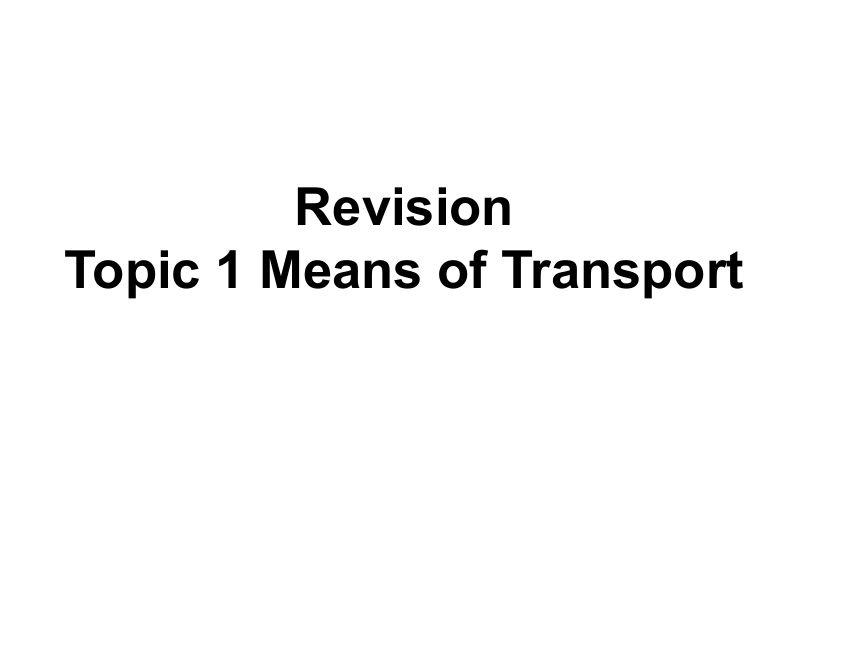
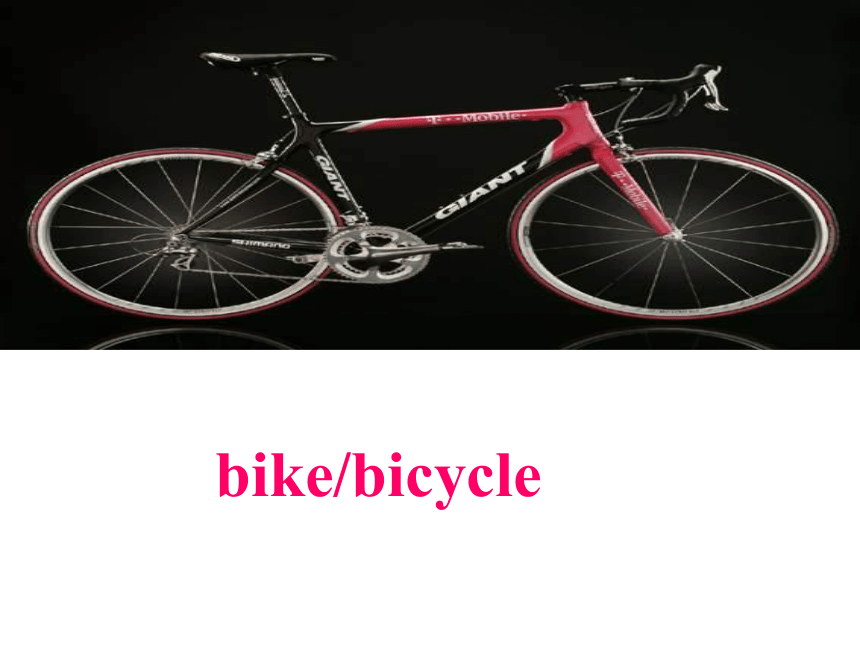

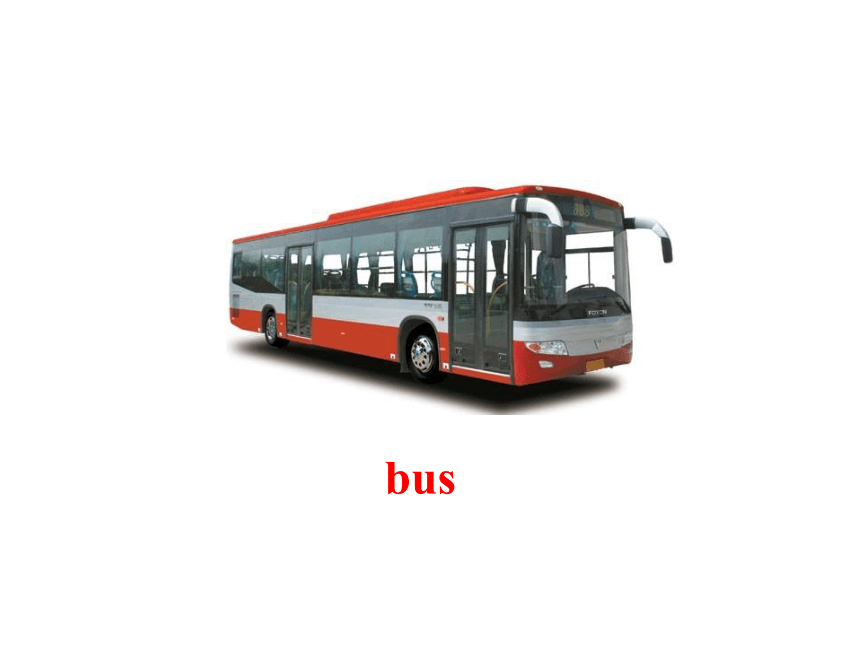

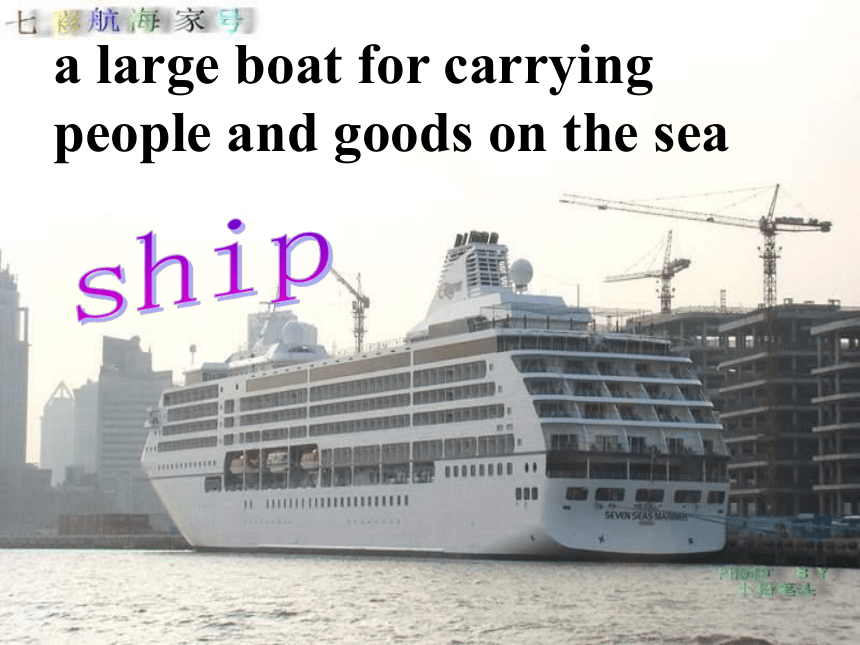

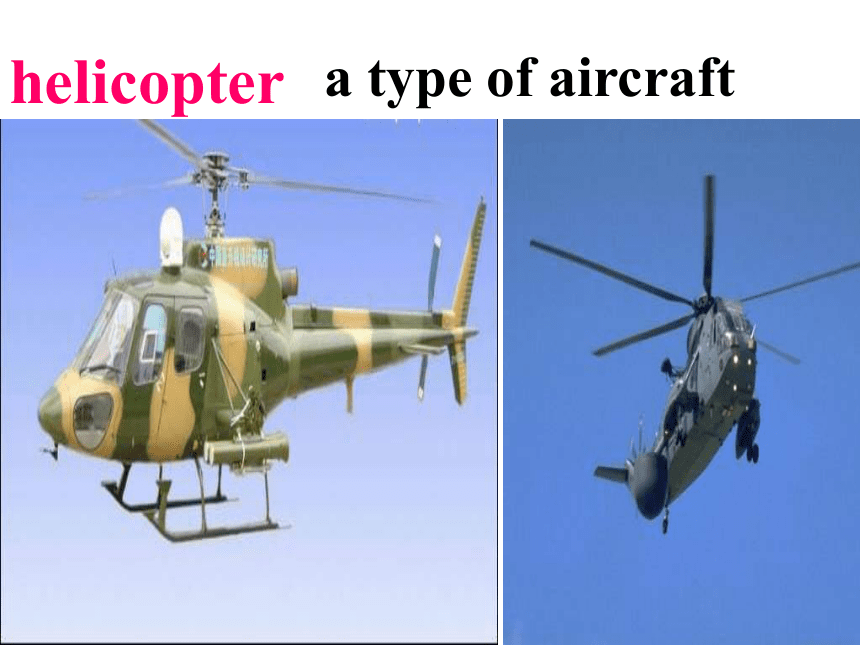
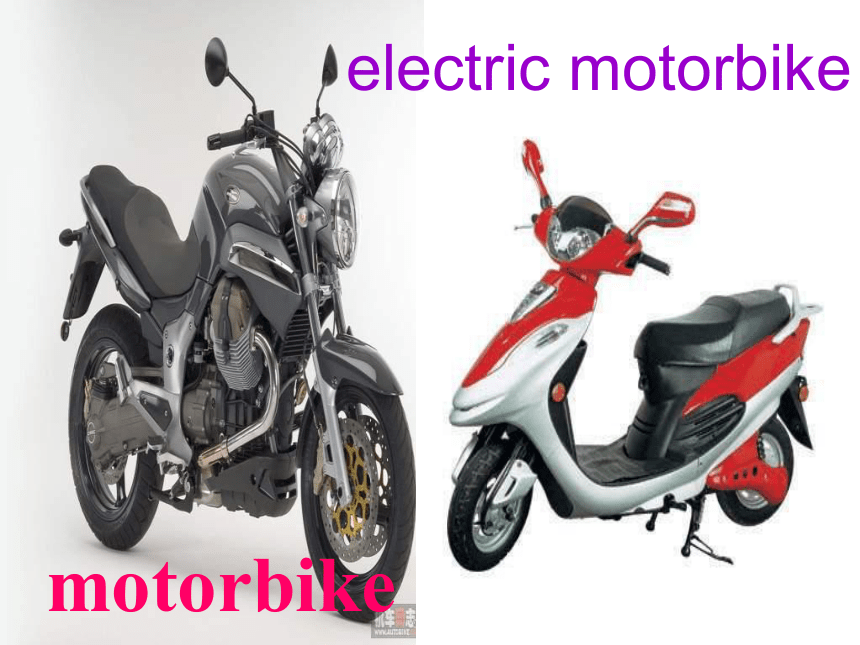
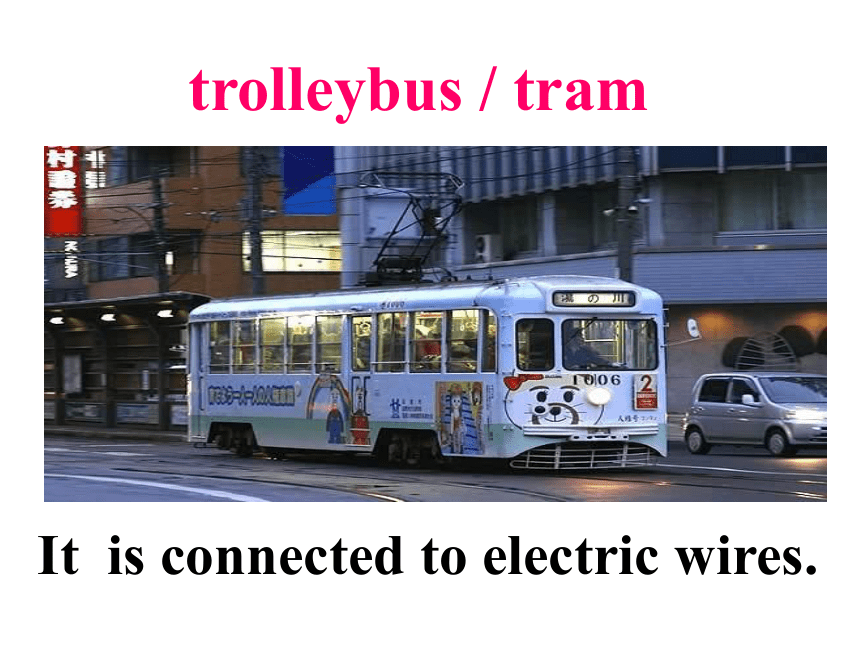
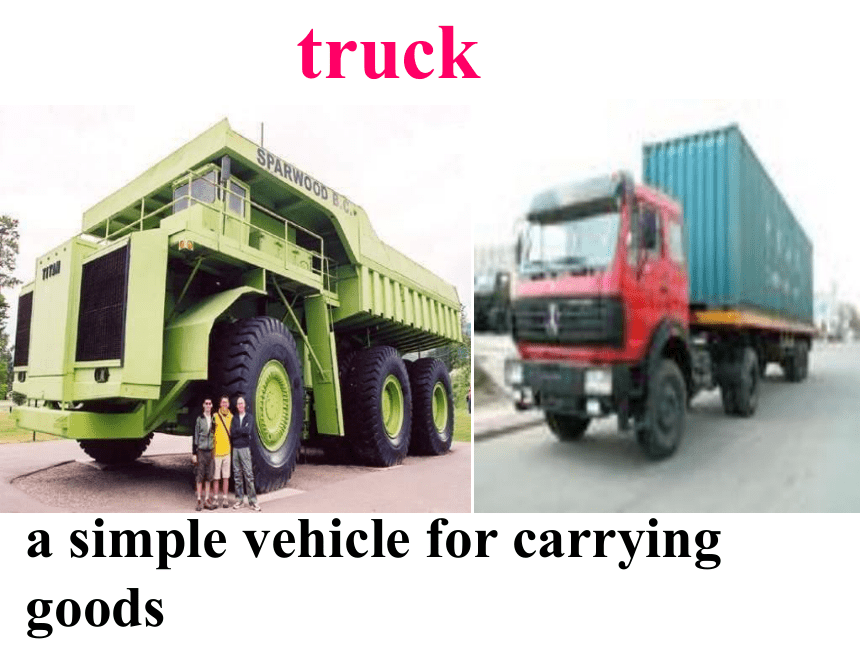
文档简介
课件45张PPT。Module 2 Traffic JamRevision
Topic 1 Means of Transportbike/bicycletricyclebusboata small open vessel for traveling across waterboata large boat for carrying people and goods on the seashipplanehelicoptera type of aircraftmotorbikeelectric motorbikeIt is connected to electric wires.trolleybus / tramtrucka simple vehicle for carrying goodsunderground / subway/trainThis is a suburban railway.
It is usually under the city.What is traffic jam It means lots of traffic traveling in the street at the same time.Why do traffic jams often happenPedestrians (行人)don’t wait for ___________ to pass, so traffic jams are usually caused by people __________ traffic rules. disobeying green lightsThe causes of traffic jams seem to
be _________ and a huge increase in _____________ roadworks new car often cause the traffic jam
Traffic accident Often cause traffic jam Bad weatherReading And VocabularyMatch the words in the box with their meanings. to go from one place to another get aroundpassenger2. a person who uses public transport cab destination fare get around passenger receipt return route rush hour seat single permit3. a ticket for a two-way journey
4. the road the public transport service
uses regularly
5. the busiest time of day
6. the price of a ticket
7. a ticket for a one-way journey
8. the place you want to go toreturn route rush hour fare singledestination9. a place to sit
10. another word for taxi
11. a document which gives you the right to do something
12. a document which shows you have
paid for somethingreceipt seat cabpermit the Forbidden City
紫禁城Bird NestWater CubeBeihai Park
Getting Around in Beijing 1. Read the passage and find what means of transport are mentioned in it.Fast reading2.Who might care about the
transportation information ? cabtaximeans of transportationbustrolleybus
Minibuses
the underground (train) (B.E)
the subway (train) (A.E)
the tube (inf.) pedicabWho might care about the transportation information ?Tourists in Beijing1. Taxis usually show the price per kilometre on the window.
2. Buses numbered 1 to 100 are limited to travel outside the city.
3. You can get on a minibus if you don’t want to take a taxi or a bus.
4. You have to pay 3 yuan for a one-way ticket.
5. Pedicabs in Beijing are cheap to take.TFTTFTrue or Falsewithin the city centreexpensiveRead the text fast again and choose
the best answers.
1. The rush hour means _____.
A. 6:00 am - 8:00 am and 5:00 pm - 6:30
pm
B. 6:30 am - 8:00 am and 5:00 pm - 6:30
pm
C. 6:00 am - 8:30 am and 5:00 pm - 6:00
pm
D. 6:00 am - 9:00 am and 5:30 pm - 6:30
pmB2. If you want to have a good view of the
rapidly changing city, you should
take _____.
A. a taxi B. a minibus
C. a double-decker bus D. a pedicabC3. If you want to get a seat even in rush
hours, you should take _____.
A. a taxi
B. a minibus
C. a double-decker bus
D. a pedicabB4. If you want to see the Forbidden City
and the White Pagoda in Beihai Park,
you’d better take _____.
A. buses numbered 1 to 100
B. the 103 bus
C. buses with a number in the 200s
D. a taxi BPost readingRead the passage carefully, and try to answer the questions on P13.
Read the text carefully and answer the questions:1. How easy is it to find a taxi in Beijing?2. What color are most taxis?3. What’s the problem with buses?Raise your hand, and a taxi appears in no time. They’re red. They’re often very crowded. 4. Which is the best bus for tourists?5. How many people can get in a minibus?6. What are the advantages of the underground?The 103 bus. 12 people.It’s fast and convenient. 7. When does it close at night?8. What can you visit in a pedicab?It closes at 11:00 pm.The narrow alleys of old Beijing.
It is usually under the city.What is traffic jam It means lots of traffic traveling in the street at the same time.Why do traffic jams often happenPedestrians (行人)don’t wait for ___________ to pass, so traffic jams are usually caused by people __________ traffic rules. disobeying green lightsThe causes of traffic jams seem to
be _________ and a huge increase in _____________ roadworks new car often cause the traffic jam
Traffic accident Often cause traffic jam Bad weatherReading And VocabularyMatch the words in the box with their meanings. to go from one place to another get aroundpassenger2. a person who uses public transport cab destination fare get around passenger receipt return route rush hour seat single permit3. a ticket for a two-way journey
4. the road the public transport service
uses regularly
5. the busiest time of day
6. the price of a ticket
7. a ticket for a one-way journey
8. the place you want to go toreturn route rush hour fare singledestination9. a place to sit
10. another word for taxi
11. a document which gives you the right to do something
12. a document which shows you have
paid for somethingreceipt seat cabpermit the Forbidden City
紫禁城Bird NestWater CubeBeihai Park
Getting Around in Beijing 1. Read the passage and find what means of transport are mentioned in it.Fast reading2.Who might care about the
transportation information ? cabtaximeans of transportationbustrolleybus
Minibuses
the underground (train) (B.E)
the subway (train) (A.E)
the tube (inf.) pedicabWho might care about the transportation information ?Tourists in Beijing1. Taxis usually show the price per kilometre on the window.
2. Buses numbered 1 to 100 are limited to travel outside the city.
3. You can get on a minibus if you don’t want to take a taxi or a bus.
4. You have to pay 3 yuan for a one-way ticket.
5. Pedicabs in Beijing are cheap to take.TFTTFTrue or Falsewithin the city centreexpensiveRead the text fast again and choose
the best answers.
1. The rush hour means _____.
A. 6:00 am - 8:00 am and 5:00 pm - 6:30
pm
B. 6:30 am - 8:00 am and 5:00 pm - 6:30
pm
C. 6:00 am - 8:30 am and 5:00 pm - 6:00
pm
D. 6:00 am - 9:00 am and 5:30 pm - 6:30
pmB2. If you want to have a good view of the
rapidly changing city, you should
take _____.
A. a taxi B. a minibus
C. a double-decker bus D. a pedicabC3. If you want to get a seat even in rush
hours, you should take _____.
A. a taxi
B. a minibus
C. a double-decker bus
D. a pedicabB4. If you want to see the Forbidden City
and the White Pagoda in Beihai Park,
you’d better take _____.
A. buses numbered 1 to 100
B. the 103 bus
C. buses with a number in the 200s
D. a taxi BPost readingRead the passage carefully, and try to answer the questions on P13.
Read the text carefully and answer the questions:1. How easy is it to find a taxi in Beijing?2. What color are most taxis?3. What’s the problem with buses?Raise your hand, and a taxi appears in no time. They’re red. They’re often very crowded. 4. Which is the best bus for tourists?5. How many people can get in a minibus?6. What are the advantages of the underground?The 103 bus. 12 people.It’s fast and convenient. 7. When does it close at night?8. What can you visit in a pedicab?It closes at 11:00 pm.The narrow alleys of old Beijing.
